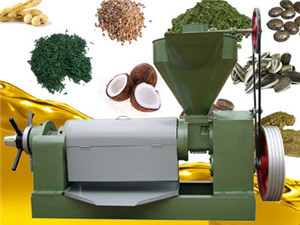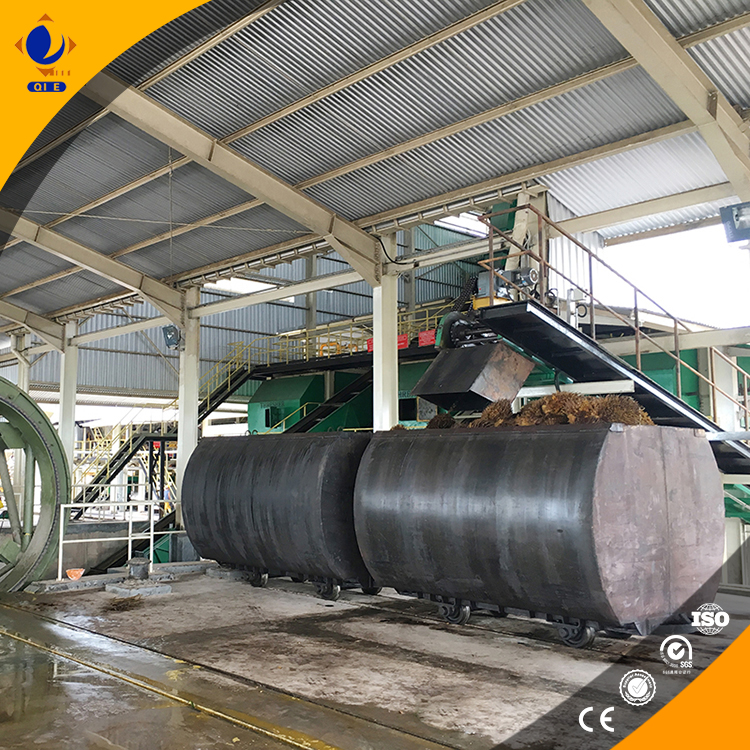
Mustard oil has a wide range of applications in the food, pharmaceutical, and cosmetic industries. In the food industry, it accounts for about 20% of the cooking oil market in some regions due to its unique flavor and high nutritional value. The global demand for mustard oil has been increasing at an annual rate of approximately 5% in recent years, which makes setting up a mustard oil extraction plant a promising business opportunity.

There are three main methods for mustard oil extraction: cold - pressing, hot - pressing, and solvent extraction.
| Extraction Method | Process | Advantages | Disadvantages | Required Equipment |
|---|---|---|---|---|
| Cold - pressing | The mustard seeds are directly pressed at a low temperature without heating. | Preserves nutrients and natural flavor; no chemical residues. | Low oil yield, usually around 25 - 30%. | Cold - press machines, which require high - precision pressing components and stable power systems. |
| Hot - pressing | The mustard seeds are heated before pressing. | Higher oil yield, up to 35 - 40%. | May damage some nutrients due to high - temperature treatment. | Hot - press machines, heaters, and temperature - control devices. |
| Solvent extraction | A solvent is used to dissolve the oil from the mustard seeds. | The highest oil yield, can reach over 90%. | Requires strict safety measures to prevent solvent leakage; may leave trace amounts of solvent residues. | Extraction tanks, solvent recovery systems, and distillation equipment. |
When choosing equipment for a mustard oil extraction plant, it is crucial to ensure the compatibility between the equipment and the extraction process. You should consider the performance, quality, and cost of the equipment. For example, if you choose the cold - pressing method, you need equipment with high - precision pressing to ensure the oil quality. High - quality equipment may have a higher initial cost, but it can reduce maintenance costs and improve production efficiency in the long run.

Regular equipment maintenance and timely updates are essential for the stable operation of the extraction plant and the quality of the mustard oil. According to industry statistics, well - maintained equipment can reduce breakdown rates by up to 30%, which means less production downtime and higher output. Updating old equipment can also improve energy efficiency, reducing production costs by about 15 - 20%.
A mustard oil extraction plant in Europe updated its equipment according to the cold - pressing process. After the update, the quality of the mustard oil improved significantly, and the brand's market share increased by 15% within a year. This case clearly shows the positive impact of proper equipment - process matching.
In conclusion, ensuring the compatibility between equipment and the extraction process, along with regular maintenance and timely updates, is crucial for the success of a mustard oil extraction plant. It can not only improve product quality but also enhance the brand's market visibility and competitiveness.
Are you ready to optimize your mustard oil extraction plant? Contact us now to get professional advice and high - quality equipment solutions!


